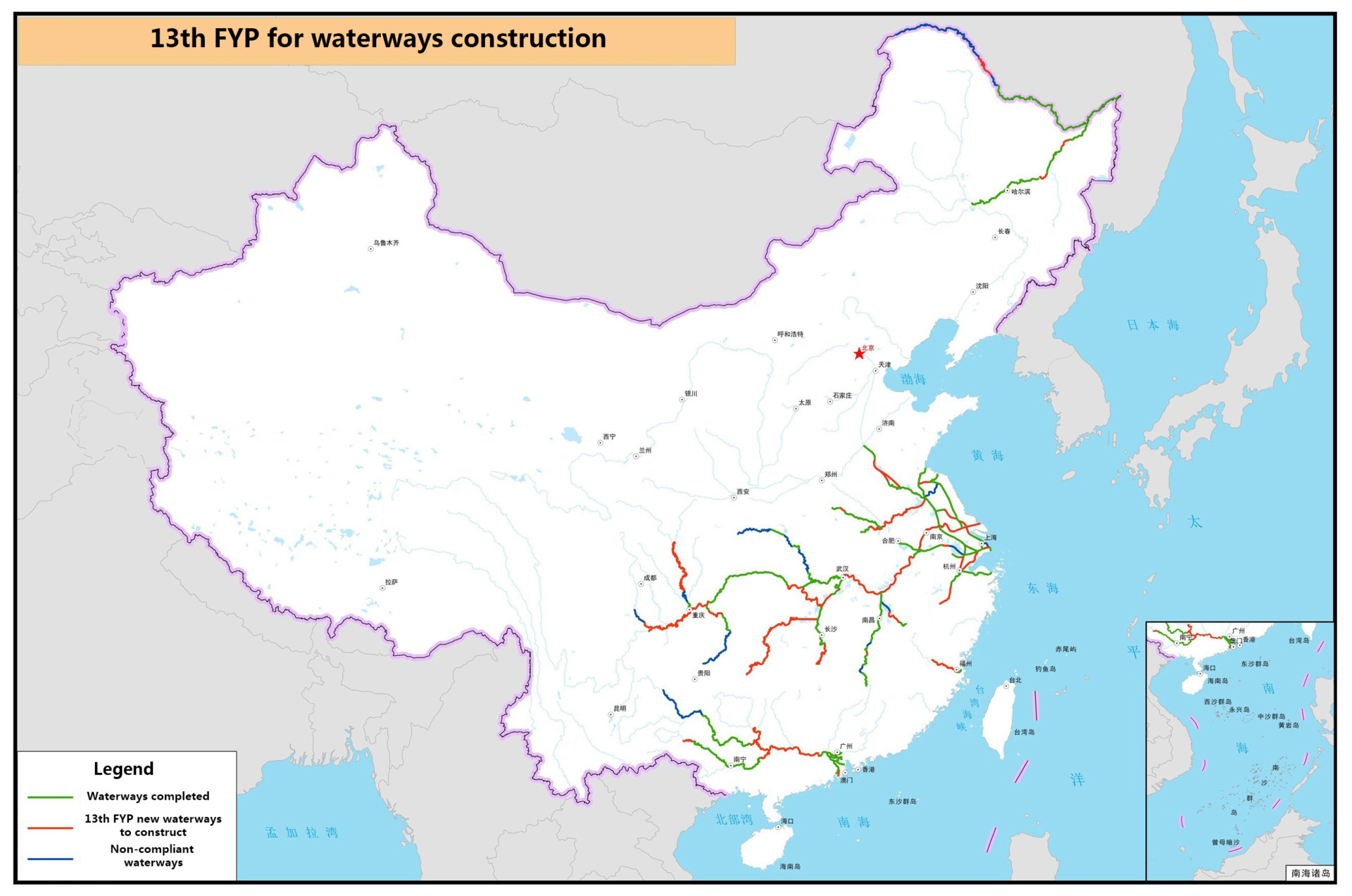China plans to invest a total of 15 trillion yuan (about $2.2 trillion) in transport during its 13th Five-Year Plan period from 2016 to 2020, according to Transport Minister Li Xiaopeng.
At a press conference on Feb 27, Li said that by 2020 a total of 3.5 trillion yuan (about $509 billion) will be spent on railways, 7.8 trillion yuan (about $1.1 trillion) on highways, 650 billion yuan (about $95 billion) on airports and 500 billion yuan (about $73 billion) on waterways.
According to the China’s modern transportation five-year plan, which was issued by the State Council on Feb 28, improvements for transportation networks concerning high-speed railways, highways, airports, waterways and oil and gas pipelines – are all in the works.
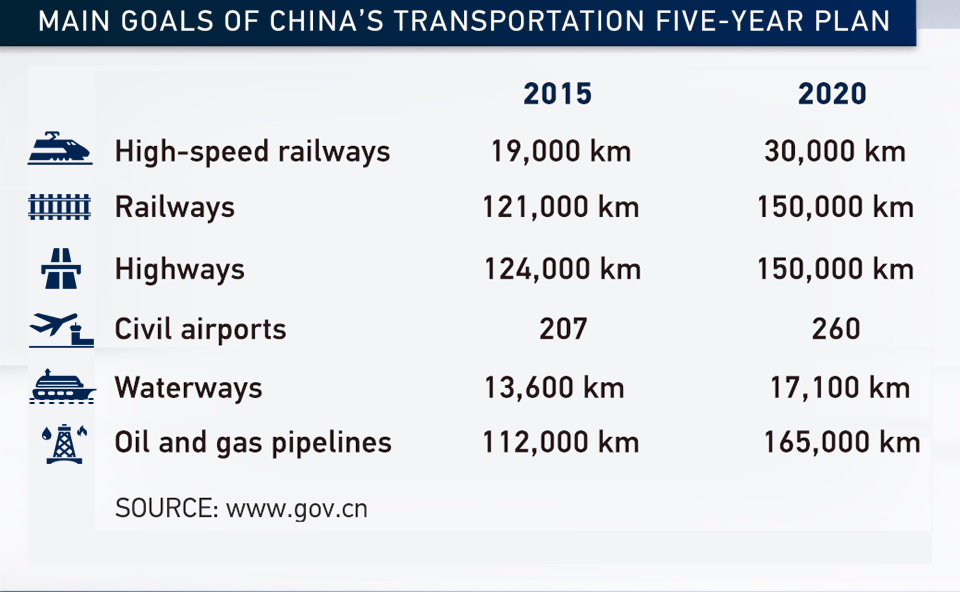
In an ambitious plan, by 2020, China’s high-speed railways will reach 30,000 kilometers (about 19,000 miles) — compared with 19,000 kilometers (12,000 miles) in 2015 — covering over 80 percent of cities with more than one million permanent residents. Railways, highways, and civil airports are expected to cover cities with permanent populations of over 200,000. Highway mileage is expected to reach 150,000 kilometers (93000 miles) and the number of civic airports 260.
China will build 10 horizontal and 10 vertical “comprehensive transport corridors” that interconnect east to west and north to south China respectively.
(Click to see the full-size map)
Meanwhile, the document said most villages should be connected to asphalt or concrete roads. And the maintenance of existing roads in rural areas would be strengthened and improved.
Transportation will be used to help urbanization and balanced development among regions, including the coordinated development among Beijing, Tianjin and Hebei province, and in the economic corridor along Yangtze River.
MAP: 13th FYP railways and high-speed railways construction plan
Transportation will also be connected with poverty alleviation. More roads, railways, and shipping waterways should be built in poor regions, such as ethnic group regions and remote areas.
More urban subway networks should be built, covering cities with permanent residents of over 3 million.
MAP: 13th FYP highways construction plan 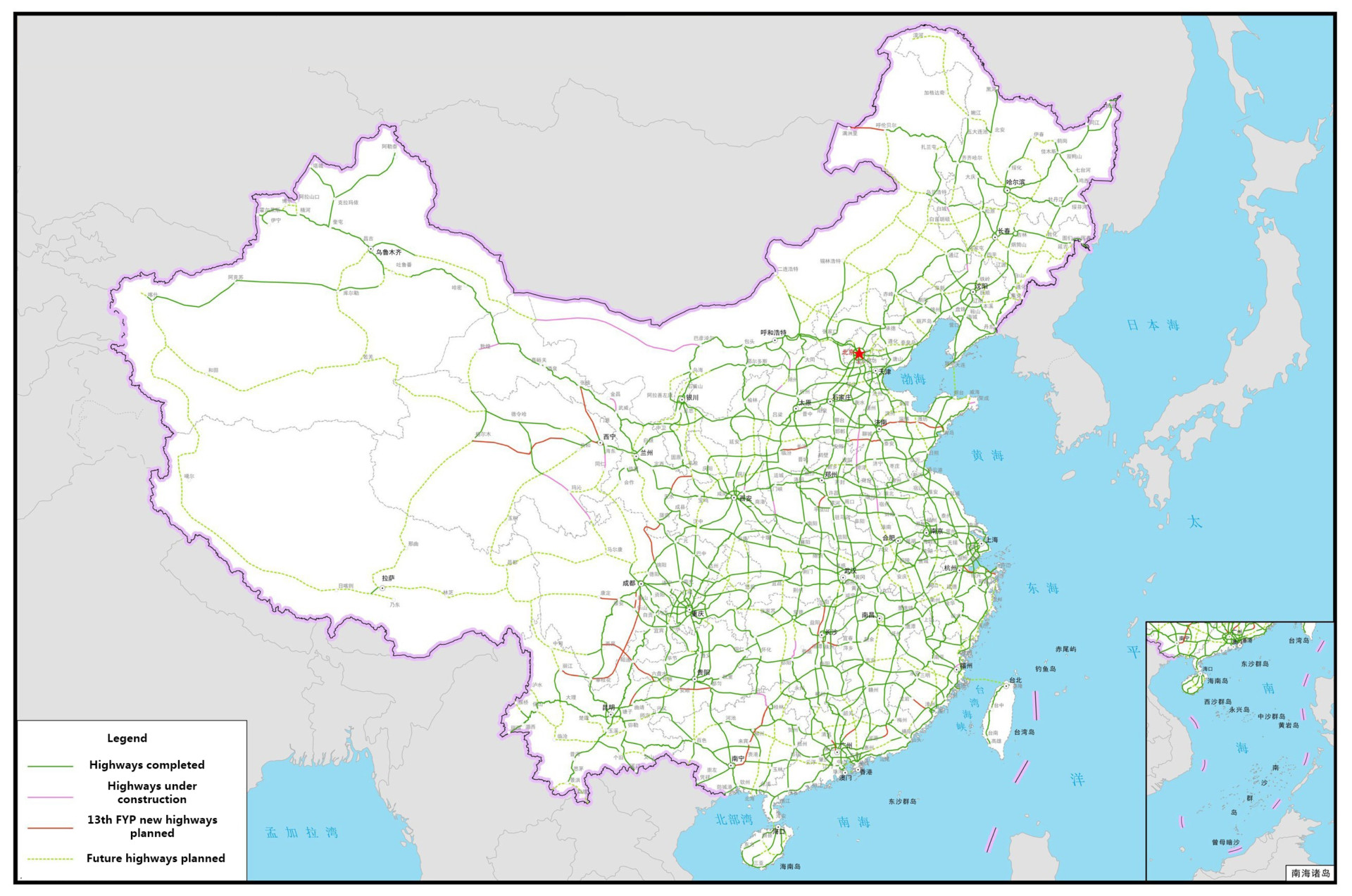
The plan also states that transport hubs will be improved in terms of their passenger and freight services. Postal service, express delivery and logistics should also be developed in efficiency and service quality.
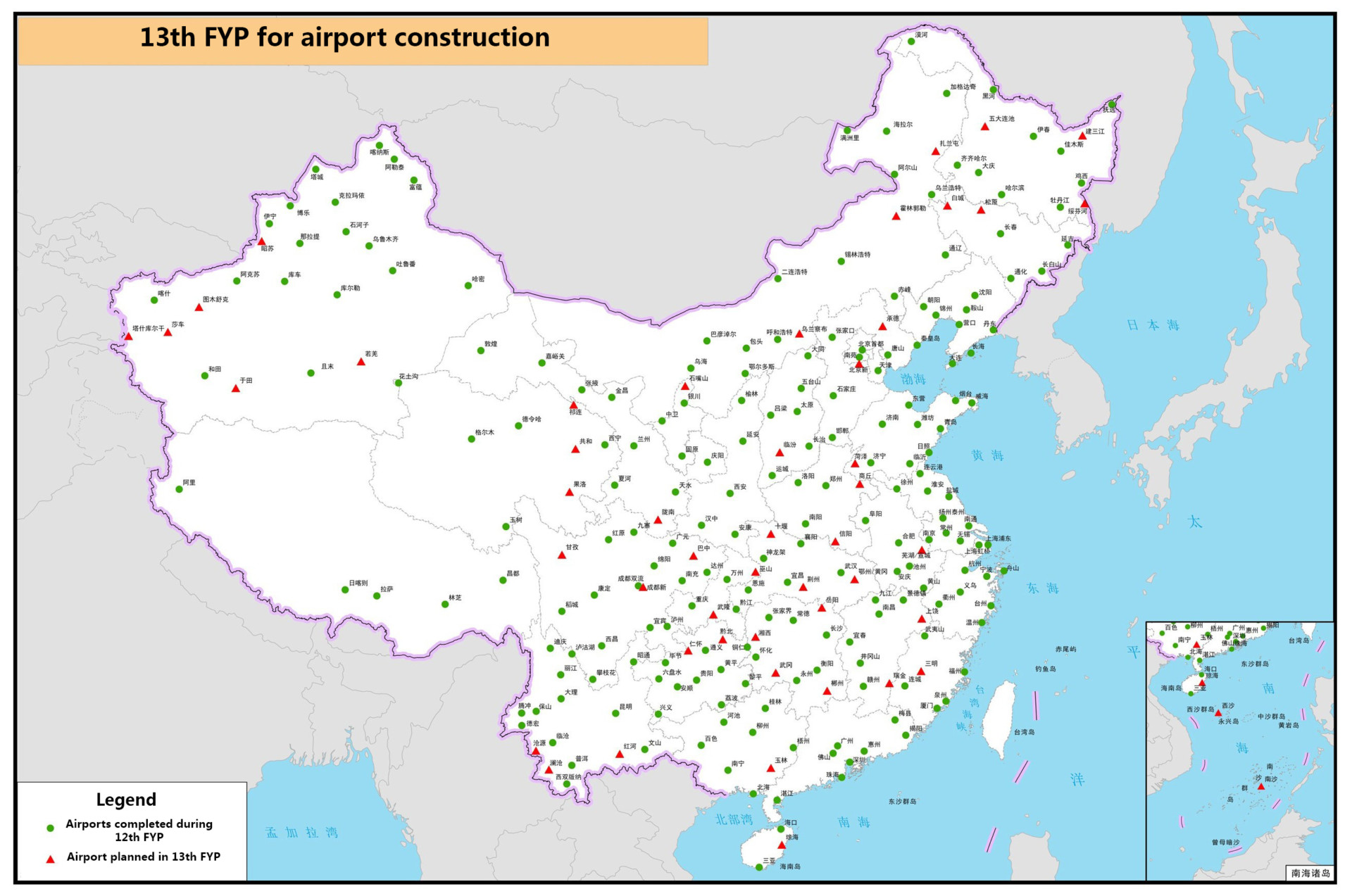 Transportation enterprises are encouraged to go abroad, participating in the construction of overseas transport infrastructure and promoting the export of China-made transport equipment.
Transportation enterprises are encouraged to go abroad, participating in the construction of overseas transport infrastructure and promoting the export of China-made transport equipment.
Cutting-edge technologies will be developed in various fields, such as high-speed railways, electric locomotives, maglev trains and passenger planes.
Smart transportation is emphasized in the document. Information technologies to be integrated with transportation include cloud computing, big data, internet of things and mobile internet. All these will help upgrade service and management and administrative supervision.
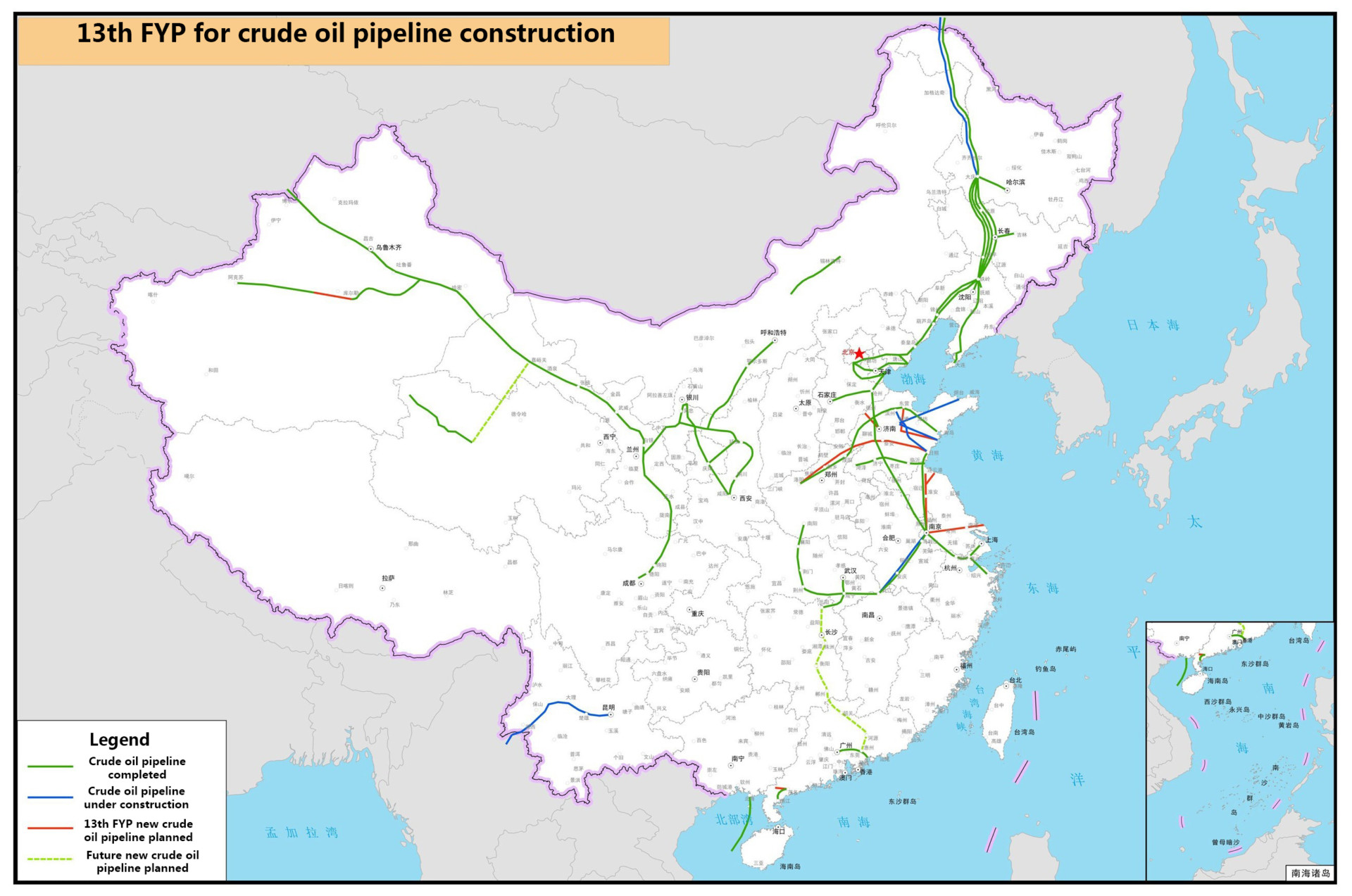 Transportation should be developed in a greener way, said the document. Public transport should enjoy more support in cities. Old high-energy consumption autos and ships should be phased out and environment-friendly transportation should be encouraged, with more public support facilities such as charging stations being built.
Transportation should be developed in a greener way, said the document. Public transport should enjoy more support in cities. Old high-energy consumption autos and ships should be phased out and environment-friendly transportation should be encouraged, with more public support facilities such as charging stations being built.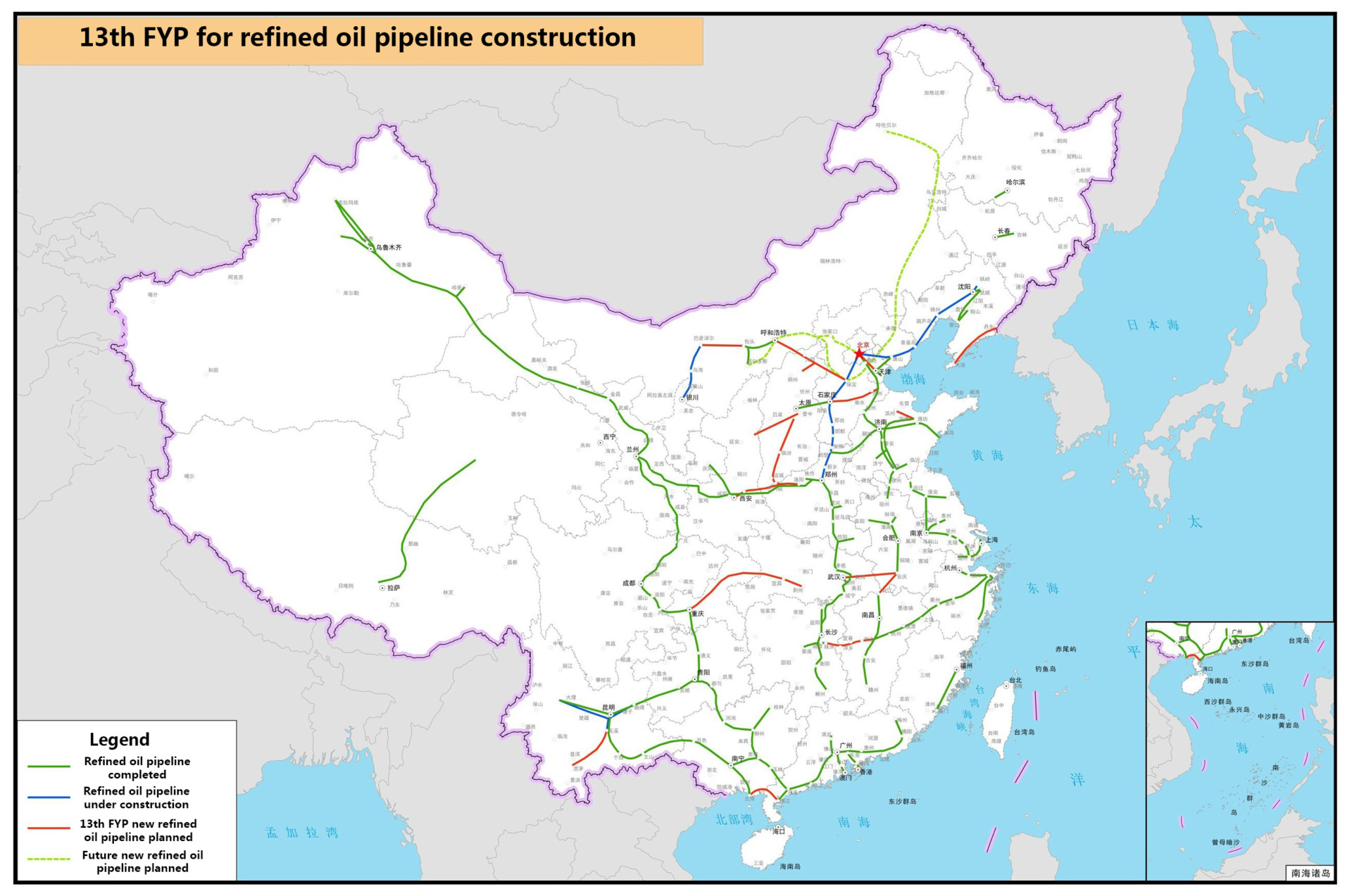
New transport businesses are encouraged, according to the circular. Aviation industry should be promoted to connect with tourism, culture, and internet industry. Transportation should also be encouraged to cooperate with internet and logistics, to build an integral and smart logistics industry. 
The plan also calls for administrative reform, less red tape, and changes to airspace management. More low-altitude spaces will be opened, as well.
To promote fair competition, market access and price mechanism on civil aviation and railways should be further eased. Public-Private-Partnerships will be also promoted in transportation sector.
Story, map, data from www.gov.cn.
 CGTN America
CGTN America



